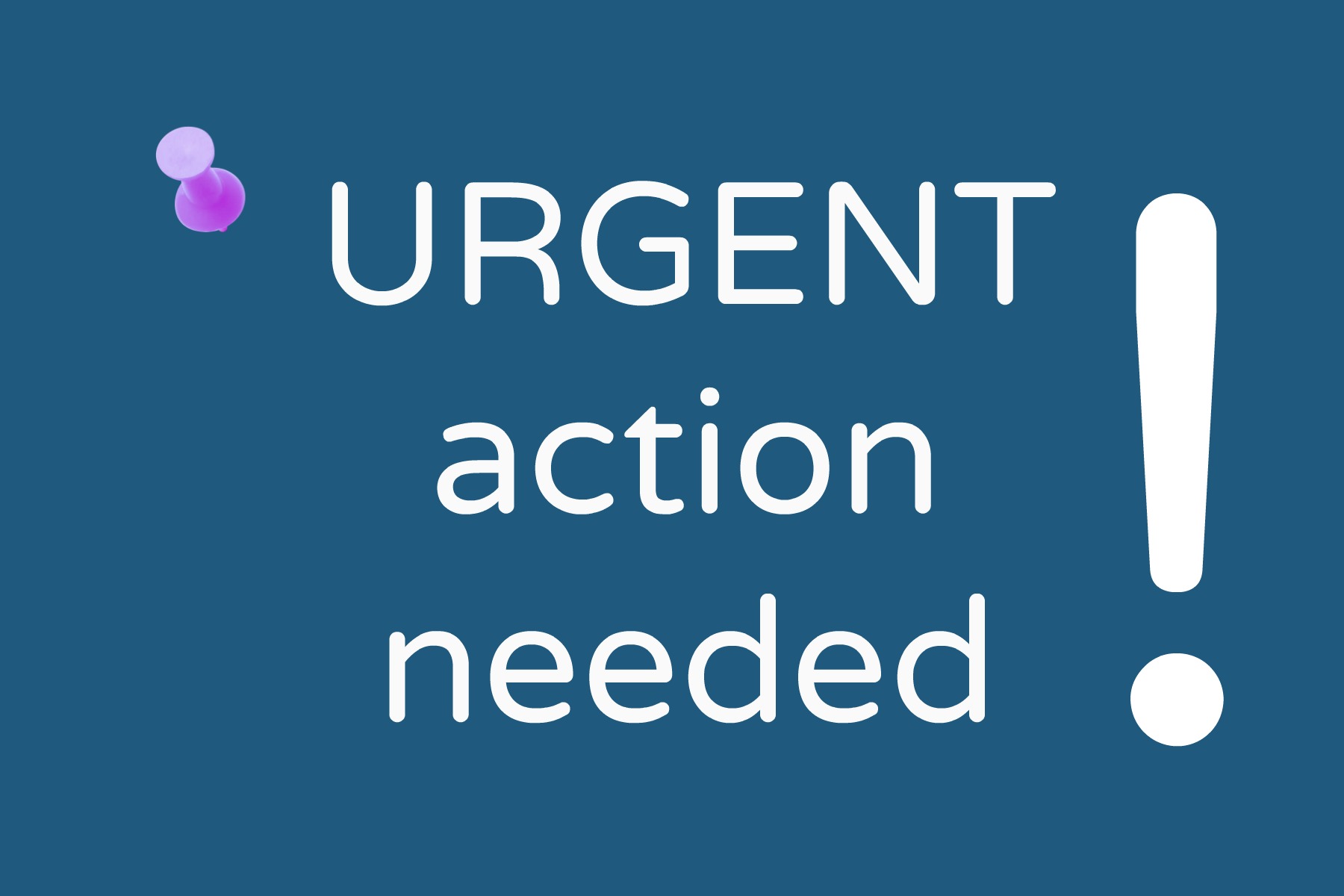Climate Whiplash: Urgent Action Needed To Protect Cities

Table of Contents
The Impacts of Climate Whiplash on Urban Infrastructure
Climate whiplash inflicts significant damage on the critical infrastructure that sustains our cities. Extreme weather events—from intense heat to catastrophic flooding—stress and often overwhelm vital systems. Roads buckle under the heat, bridges collapse during floods, and power grids fail under the strain, leaving millions without electricity. Water systems, already struggling to meet demand, become overburdened, leading to shortages and contamination. The economic costs are staggering.
For example, the 2021 heat dome in the Pacific Northwest caused widespread power outages and infrastructure damage, costing billions of dollars. Similarly, Hurricane Harvey in 2017 resulted in extensive flooding and damage to Houston's infrastructure, highlighting the vulnerability of even large, well-resourced cities.
- Increased frequency of road closures and transportation disruptions: Extreme heat causes pavement buckling and deformation, while flooding renders roads impassable.
- Damage to power grids causing widespread blackouts: High winds, flooding, and even extreme heat can damage power lines and substations, leading to prolonged power outages.
- Overburdened water and sanitation systems leading to water shortages and contamination: Flooding contaminates water supplies, while heatwaves increase demand, putting immense pressure on existing infrastructure.
- Structural damage to buildings and public spaces: Extreme weather events can cause structural damage to buildings, bridges, and other public infrastructure, requiring costly repairs.
Climate Whiplash and Public Health in Cities
The health consequences of climate whiplash are equally dire. Extreme heatwaves lead to a surge in heatstroke and respiratory illnesses, particularly impacting vulnerable populations like the elderly, children, and low-income communities. Flooding increases the risk of waterborne diseases, while air pollution, exacerbated by extreme weather events, worsens respiratory conditions. The psychological toll of repeatedly experiencing extreme weather events should not be underestimated, leading to increased stress, anxiety, and mental health issues.
- Increased heatstroke and respiratory illnesses during heatwaves: Prolonged exposure to extreme heat can overwhelm the body's ability to regulate temperature, leading to severe illness and even death.
- Spread of waterborne diseases after flooding: Contaminated floodwaters can spread diseases such as cholera, typhoid, and leptospirosis.
- Mental health impacts of frequent extreme weather events: The constant threat of extreme weather and its aftermath can lead to anxiety, depression, and PTSD.
- Exacerbation of existing health inequalities: Vulnerable populations often lack the resources to cope with extreme weather events, making them disproportionately affected.
Economic Consequences of Climate Whiplash in Urban Areas
The economic burden imposed by climate whiplash is substantial and multifaceted. Repairing damaged infrastructure, responding to health emergencies, and addressing business disruptions represent significant financial strains on city budgets. The impact extends to tourism, with cancellations and lost revenue following extreme weather events, and to property values, which decline in high-risk areas.
- Increased insurance premiums and payouts: The rising frequency and severity of extreme weather events lead to higher insurance costs and larger payouts.
- Loss of business revenue due to closures and disruptions: Businesses forced to close due to extreme weather events suffer significant financial losses.
- Reduced property values in high-risk areas: Properties in areas prone to flooding or other extreme weather events experience decreased value.
- Increased public expenditure on emergency response and recovery: Cities face escalating costs associated with emergency response, disaster relief, and infrastructure repair.
Mitigation and Adaptation Strategies for Cities Facing Climate Whiplash
Addressing climate whiplash requires a two-pronged approach: mitigation and adaptation. Mitigation focuses on reducing greenhouse gas emissions to slow the pace of climate change, while adaptation emphasizes improving resilience to the extreme weather events that are already occurring.
- Investing in green infrastructure (e.g., green roofs, urban forests): Green infrastructure helps mitigate the urban heat island effect and manage stormwater runoff.
- Improving drainage systems to manage stormwater: Upgrading drainage systems can reduce the risk of flooding and minimize its impact.
- Developing early warning systems for extreme weather events: Early warning systems give residents time to prepare and reduce the severity of the impact.
- Implementing building codes that enhance resilience to extreme weather: Building codes should incorporate design features that improve resistance to extreme weather events.
- Promoting sustainable urban planning and design: Sustainable urban planning can reduce vulnerability to climate whiplash by minimizing exposure to hazards and enhancing resilience.
Protecting Our Cities from Climate Whiplash
Climate whiplash presents a serious and multifaceted threat to our cities, impacting infrastructure, public health, and the economy. The urgency of the situation cannot be overstated. We must act decisively to mitigate climate change and adapt to the realities of a changing climate. Investing in resilient infrastructure, implementing effective early warning systems, and promoting sustainable urban development are crucial steps. We must also address social inequalities and ensure that vulnerable communities are protected.
Join the movement to protect our cities from climate whiplash – demand action from your local government and support initiatives promoting sustainable urban development. Let's build more resilient and climate-ready cities for future generations.

Featured Posts
-
 A Fresh Perspective What To Expect From The Last Of Us Season 2
May 28, 2025
A Fresh Perspective What To Expect From The Last Of Us Season 2
May 28, 2025 -
 Jawa Tengah 22 April 2024 Update Prakiraan Cuaca Terutama Semarang
May 28, 2025
Jawa Tengah 22 April 2024 Update Prakiraan Cuaca Terutama Semarang
May 28, 2025 -
 Blake Livelys Lawyer Challenges Ryan Reynolds And Taylor Swift Subpoena
May 28, 2025
Blake Livelys Lawyer Challenges Ryan Reynolds And Taylor Swift Subpoena
May 28, 2025 -
 Las Vegas Strips American Music Awards Free Ticket Opportunities
May 28, 2025
Las Vegas Strips American Music Awards Free Ticket Opportunities
May 28, 2025 -
 American Music Awards 2025 Jennifer Lopezs Hosting Gig
May 28, 2025
American Music Awards 2025 Jennifer Lopezs Hosting Gig
May 28, 2025
